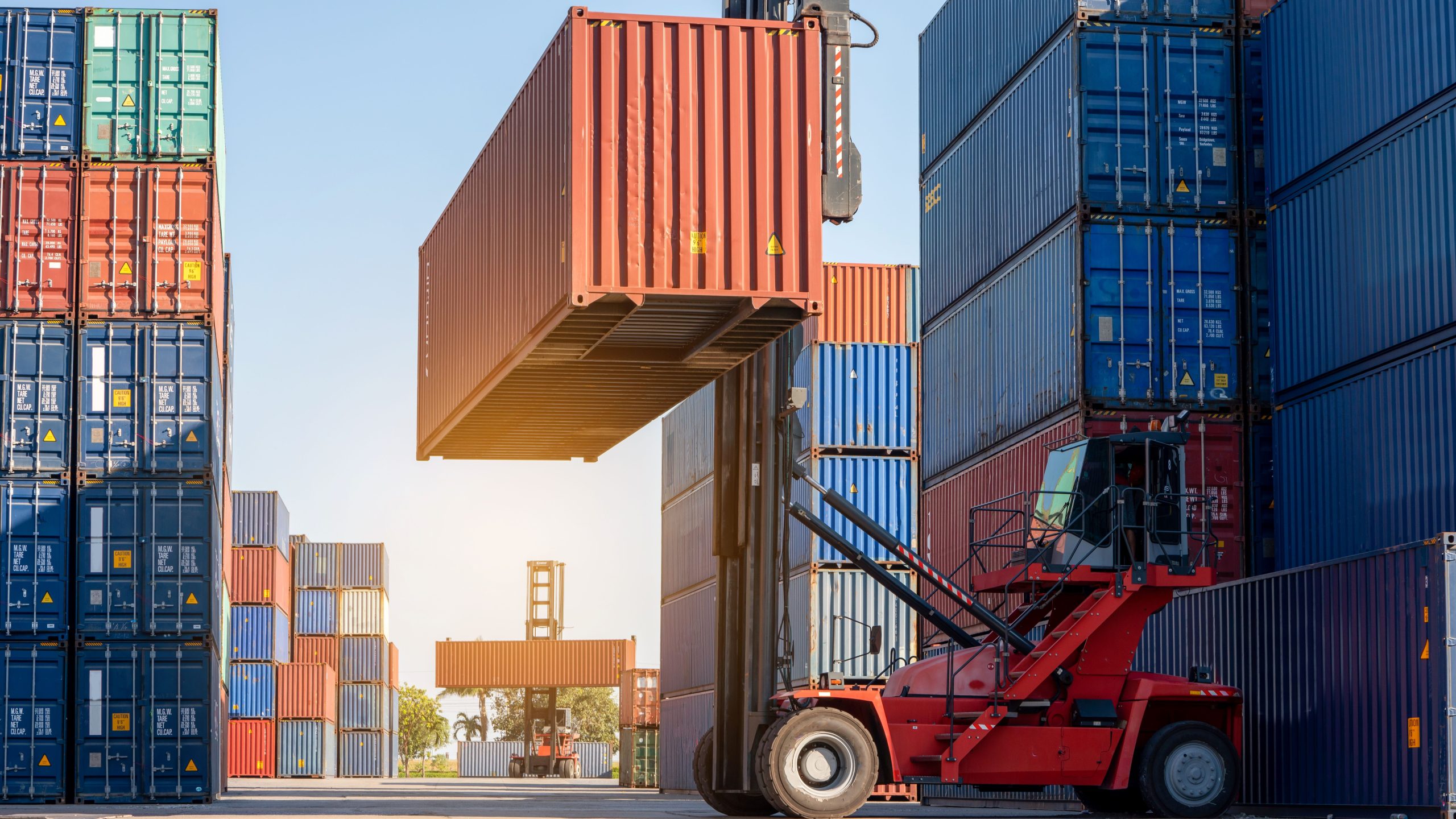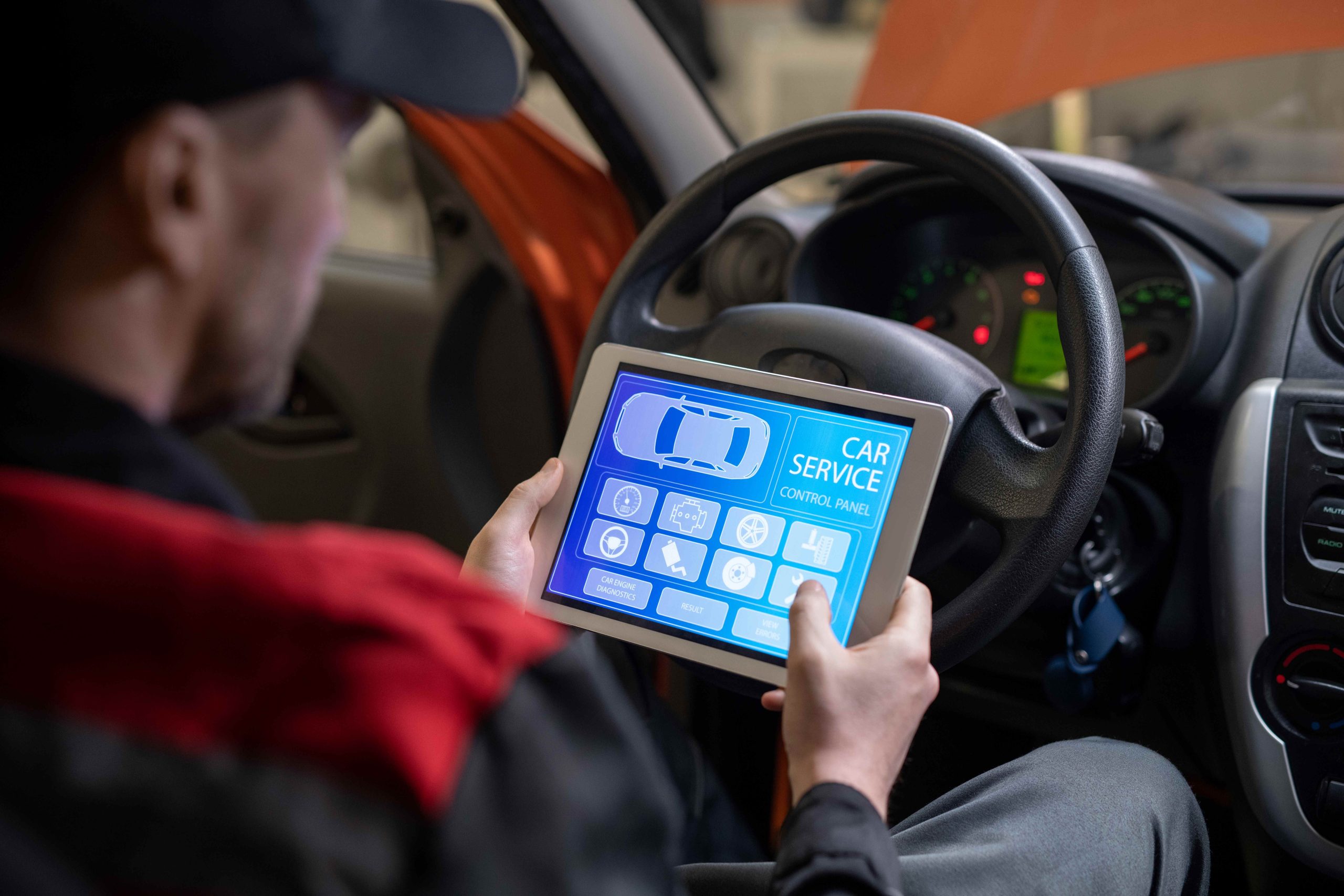Delivery and Logistics services
The Internet of Things (IoT) can significantly enhance delivery and logistics
services by providing real-time tracking, monitoring, and optimization
capabilities.
Inventory management
Predictive maintenance
Autonomous delivery vehicles
Condition monitoring
Route optimization
Real-time tracking


Proper planning, robust security measures, and selecting the right IoT solutions
Implementing an IoT platform in delivery and logistics services
However, it's essential to address some challenges when implementing an IoT
platform in delivery and logistics services, such as data security,
connectivity issues, interoperability, and the cost of IoT devices and
infrastructure. Proper planning, robust security measures, and selecting the
right IoT solutions are crucial to ensure successful and secure
implementation.
- Real-Time Vehicle Tracking
- Proactive Maintenance and Diagnostics
- Seamless Integration and Scalability
- Data-Driven Insights for Continuous Improvement
Key points
Delivery and Logistics services

IoT devices can be used for security purposes
Enhanced security
IoT devices can be used for security purposes, such as
monitoring cargo for unauthorized access or tampering. This helps prevent
theft and increases the overall security of the supply chain.

IoT generates a massive amount of data
Data analytics
IoT generates a massive amount of data, and advanced
analytics can be applied to gain insights into delivery and logistics
operations. This can lead to process improvements and better decision making.

IoT-driven tracking and real-time updates enable better communication
Customer experience
Customers can receive notifications
about their shipments' status, estimated delivery times, and any delays.

By optimizing routes and reducing fuel consumption
Sustainability
IoT enabled logistics can contribute to more eco-friendly operations, reducing
the environmental impact of delivery services.
